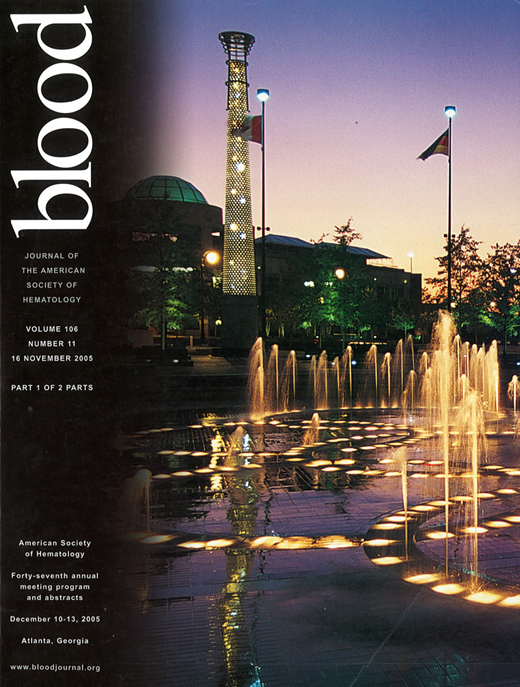Abstract
Background: Delayed haemolytic transfusion reaction (DHTR) may be a life-threatening complication in sickle cell disease (SCD) patients. DHTR is characterized by a marked drop in hemoglobin (Hb) and is frequently accompanied with intensification of the disease symptoms. Pathogenesis of DHTR is not completely understood as autologous RBCs are probably destroyed and allo-antibodies against transfused RBCs in the course of the accident are not always detected. Here we describe a case of serious DHTR and analyse lymphocyte subsets and cytokine transcripts.
Case report: A 33-year-old man with SCD was scheduled for hip replacement. He was poly-immunized (anti-RH2, -RH23, -RH30, -FY1, -FY3,-MNS3, -YT2) and had history of 2 DHTR. He received 7 units of crossmatch-compatible blood at day 0 of surgery. On days 5 and 8, sera were still compatible with samples of units received at day 0. Direct antiglobulin test (DAT) and eluate were negative. Hb remained stable at 6 g.dl−1. On day 14, the patient presented pain, fever and signs of hemolysis including a drop in Hb to 3.5 g.dl−1, LDH at 12460 U per L, bilirubin at 111 μmol/L and renal failure. Serological and eluate evaluation revealed the presence of antibodies against all RBCs tested (including units previously transfused at day 0), DAT positive with anti-C3 and anti-IgG. Hb dropped to 2.5 g.dl−1, the patient presenting neurologic symptoms. Because of the life-threatening anemia, he received 4 units that were compatible only with the known antibodies, associated with corticoids and cyclophosphamide. An anti-MNS5 was finally detected explaining partly the positive reactions against all RBCs tested. Then, additional U-negative units were transfused. The patient gradually improved symptomatically and was discharged from the high dependency unit on day 30. Hb level reached 6 g.dl−1. As compared to day 0, vigorous expansion (ten times) of Natural Killer subset (CD56+, CD16+) was observed on day 14 during hemolysis. This expansion was correlated to an increase of IL-10 transcripts whereas IL-2 and IFNγ transcripts were not detected. After treatment (day 32) lymphocyte subsets returned to the day 0 level and IL10 transcripts disappeared.
Conclusion : This case report confirms that DHTR can be induced by transfusion of crossmatch-compatible units. In this poly-immunized SCD patient, transfusion has elicited production of auto-antibodies. The observed expansion of Natural Killer cells during the hemolysis suggests that Natural Killer cells could participate, through an ADCC mechanism, to the destruction of both transfused and autologous RBCs. The involvement of IL-10 on Natural Killer FcγRIIIa receptor expression and Natural Killer cytotoxicity will be discussed.
Author notes
Corresponding author

